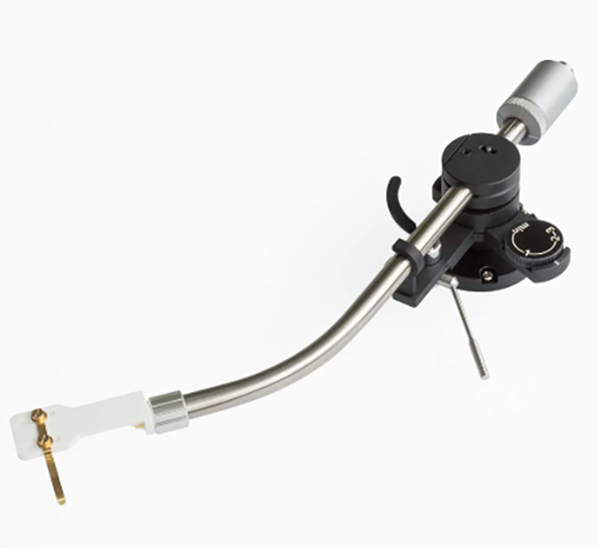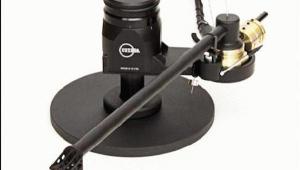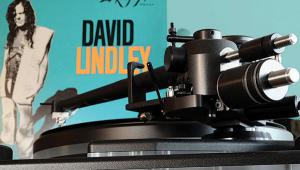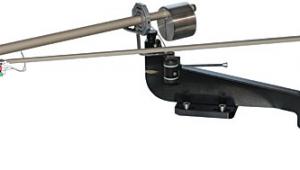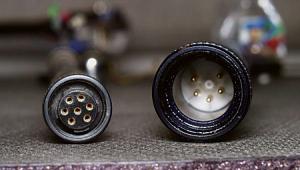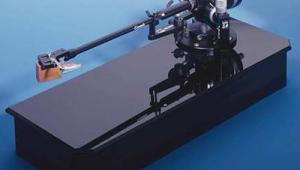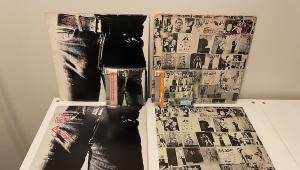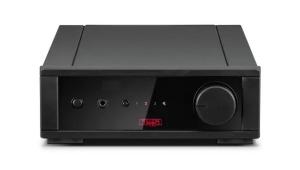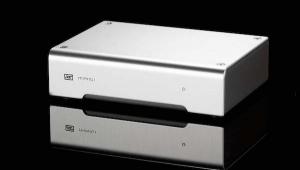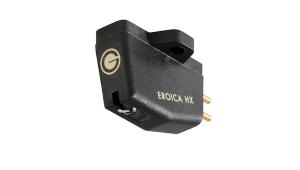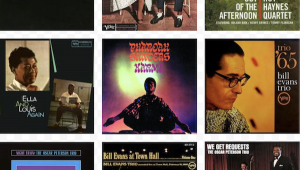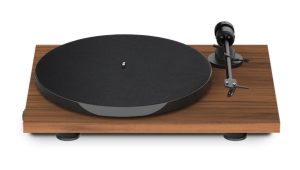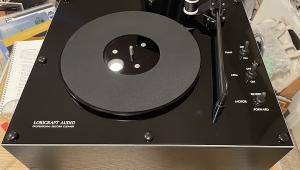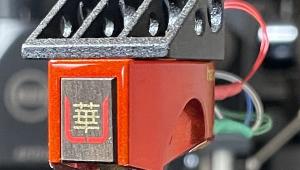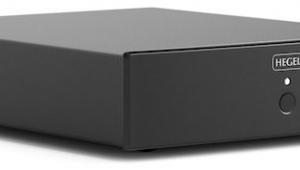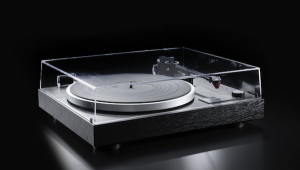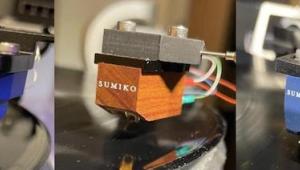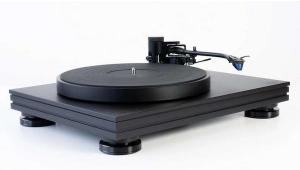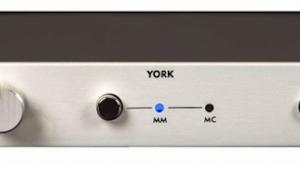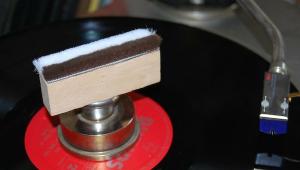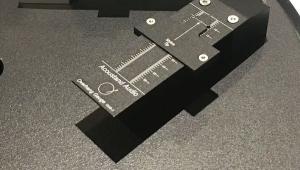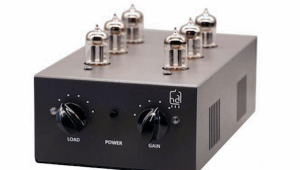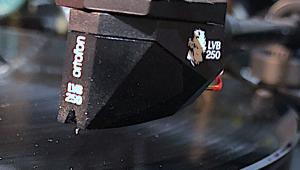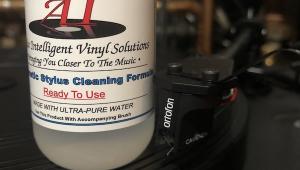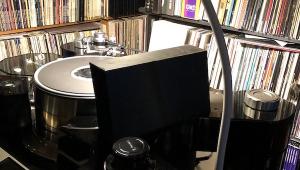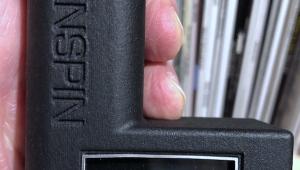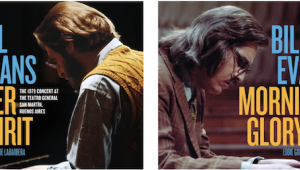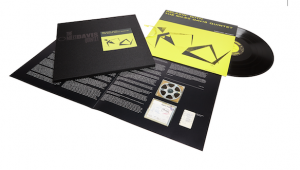Korf TA-SF9R 9-Inch Tonearm
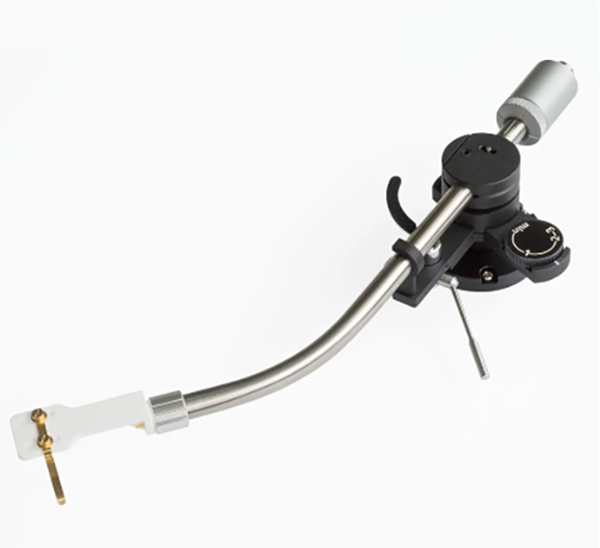
At High End Munich 2024, I spent some time visiting Austrian analog manufacturer Korf. There, they introduced their TA-AF series, a new flagship series of ceramic tonearms that includes the TA-AF9 “premium tonearm” that was on static display at their booth. “Drawing inspiration from aerospace technology,” stated the Korf press release about it all, “this new series features ceramic parts and aerospace-grade flexure bearings for a realistic vinyl record playback of incomparable smoothness and depth.”
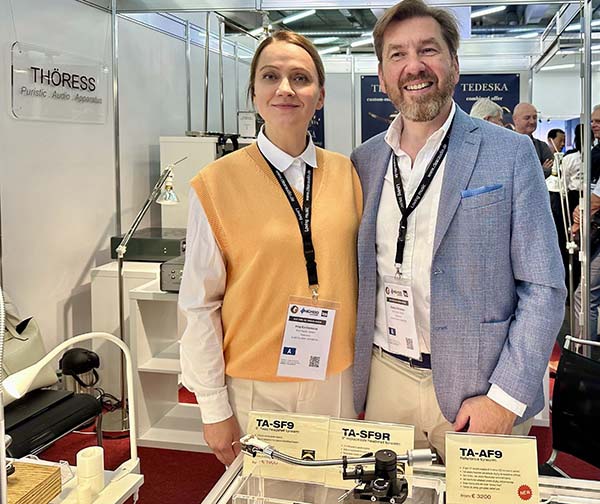
Presented by the husband-and-wife team of Irina and Alexy Kornienkov (seen above in a photo I snapped of the two of them together in the company’s booth in Munich), Korf also showed the TA-SF9 9-inch fixed headshell tonearm (€1,895) along with the aforementioned TA-AF9 9-inch tonearm (€3,200) with ceramic headshell and armtube, advanced ceramic vertical bearings with brass moving parts, Cardas Litz wiring, and gold-plated contact pins. Also on display in the booth were Korf’s TA-SF9R 9-inch tonearm (€2,200) and HS-A02 ceramic headshell (€199) with a single, seamless ceramic casting, pure silver Litz wiring, and gold-plated contacts. (Also on display was a handsome Korf TT-101 turntable, sans SRP, but looking equally smart and sleek.)
Right then and there, I secured a review model of the TA-SF9R 9-inch tonearm for AP — and when it finally arrived for my evaluation, I found it came with two Korf HS-A02 ceramic headshells to boot. (One is included, stock.)
Before getting down to the TA-SF9R review, let me share some further context. My history with top-shelf tonearms goes way back. When former Stereophile deputy editor Art Dudley gave me a Thorens TD 124 turntable in 2015, I followed a pathway typical to many analog-centric listeners in need of a solid tonearm choice, but one that wouldn’t break the bank. The Jelco TS-350S 9-inch tonearm ($1,449), a popular choice among vintage turntable enthusiasts, fit the bill.
More recently, I reviewed The Wand Plus 9.5-inch tonearm ($1,950) here on AP back on August 26, 2024, and noted that “It’s difficult to convey the absolute superiority of The Wand Plus over my previous Jelco TS-350S 9-inch tonearm. The now-defunct Jelco was indeed good value at $1,500, but The Wand Plus completely outperformed it.”
And that all leads me to the subject of this review, the Korf TA-SF9R 9-inch tonearm — whose above-noted Euro-SRP of €2,200 currently translates to $2,283 U.S. — and, ultimately, its comparison to that Jelco TS-350S 9-inch arm, which, though discontinued, is still available on the used market. (Note that the TA-SF9R arm can be ordered directly from the Korf site and/or via authorized dealers through the links provided at the end of this review.)

Features & Specs
The Korf arm arrived with those two aforementioned HS-A02 headshells, an SME-type mount, a JIS/Linn mount, an alignment gauge, adjustment tools (Allen wrenches), and a manual, which notes the arm’s 3 months of free support and 1-year warranty.
A few specs for you now too. The TA-SF9R sports an effective length of 229mm, pivot-to-spindle distance of 214mm, offset angle of 22º, effective mass of 18g without headshell and 28g with headshell, minimum mass of headshell and cartridge combination of 10g, and maximum mass of the headshell and cart combo as 35g.
The Korf arm uses a stainless-steel arm tube, azimuth adjustment via a small switch located on top of the bearing housing, stacked hybrid vertical bearings “to minimize rocking,” “friction free” magnetic antiskating, and an additional counterweight for heavier cartridges.
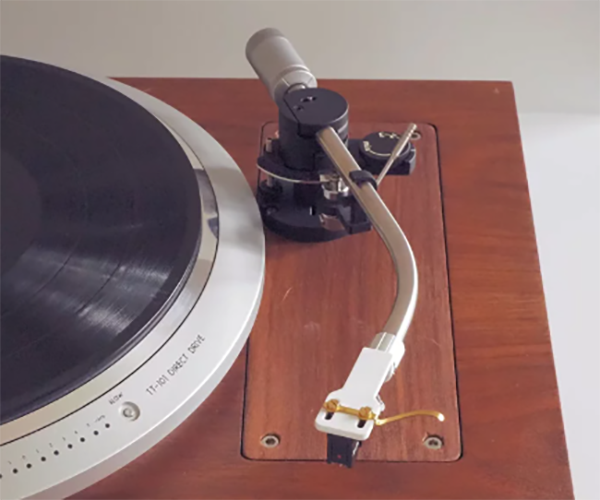
There’s plenty more usable info on the Korf site. Among other things, their site states, “Korf tonearms are a clean-sheet rethink of what a tonearm should be. We focused on our audio priorities: quality of motion, rigidity, low energy storage, signal integrity, stability, and longevity. Korf tonearms use aerospace-grade, zero stiction flexure bearings. Korf Audio is the world’s only maker of fully ceramic headshells. Stainless steel arm tube is 3x stronger than aluminum, 2x stronger than titanium.”
The Korf site further explains their use of Flexure Pivot Horizontal Bearings, which claim zero starting torque, no bearing chatter, less inner groove distortion, better tracking of warps, and zero influence from temperature or humidity. The tonearm feels a bit funky in use as the bearing housing indeed seems to bend, but this is normal, given this design.
The TA-SF9R tonearm’s steel arm tube measures 0.5mm thick, which reportedly offers higher bending resistance than aluminum, and low energy storage. Korf’s use of “Widely Spaced Vertical Hybrid Ceramic Bearings” is said to create “better strength and precision, less chatter compared to closely spaced bearings, low starting torque/stiction, better resolution, sharper dynamics, better sibilance control, less inner groove distortion, [and] need no servicing or lubrication.” That’s certainly a mighty wall of claims and assertions!
That said, I particularly like the TA-SF9R’s solid, lengthy cueing lever, and the equally solid feeling and ample headshell finger lift. Even the small rubber cup that holds the arm when not in use is generous, and it provides excellent suction and security.
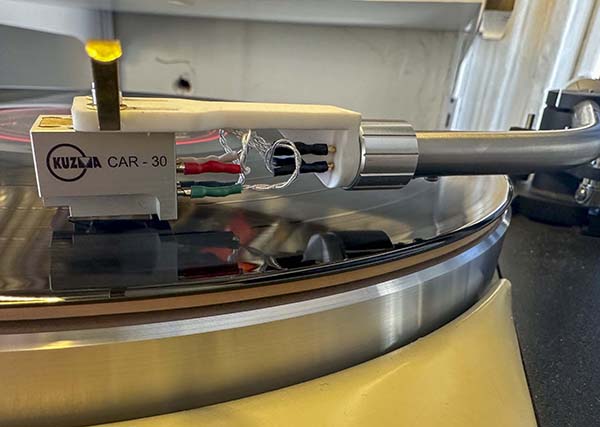
Setup
Setup of the Korf TA-SF9R was easy enough, once I understood that cartridge alignment was achieved by moving/sliding the baseplate. Once sorted, said cart alignment — using a Kuzma CAR-30 MC cart, to start (as seen above) — with my Feickert Universal Protractor was a breeze. The TA-SF9R’s VTA is determined by tightening the collar clamp via a supplied Allen key, after determining height using the VTA thumbwheel.
The supplied manual spells out all the necessary specs and offers mounting templates, as well as explaining adjustments for azimuth, VTA, cart alignment, and antiskating. It assumes a certain familiarity with the considerable vagaries of tonearm setup — so if you need help with yours, ask for it! Korf places rigidity above ease of setup, as there is no on-the-fly VTA. For overhang and zenith, this arm has a clearly marked pivot for use with a protractor. Azimuth can be adjusted by rotating the armtube in the bearing housing.
Associated components used for this review included my Thorens TD 124 turntable (with a new Retrotone single-billet-aluminum upper platter set in a Moldovian hardwood plinth) into a Tavish Audio Design Adagio phono preamp, coupled with a Unison Research S6 integrated amp, and Volti Audio Lucera loudspeakers. Cabling comprised AudioQuest Dragon interconnects and William Tell Zero speaker cables. Korf supplied output cables, complete with DIN connector.
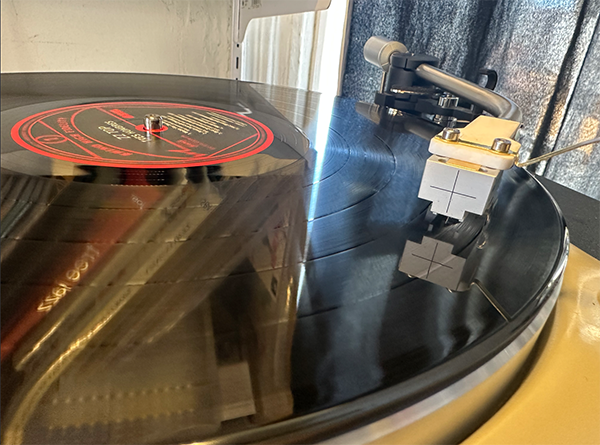
Listening Sessions
For this review, I unpeeled the seal on ZZ Top’s August 2024-released From The Top: 1971-1976 5LP box set (Warner Records RHF1 726629). From the Top is a cool box that collects the Texas’s trio’s first five albums — ZZ Top’s First Album (1971), Rio Grande Mud (1972), Tres Hombres (1973), Fandango! (1975), and Tejas (1976) — just missing out on including one of my favorites of theirs, Deguello (1979), in this volume. The 180g From The Top vinyl was cut from the original analog master tapes by Kevin Gray at Cohearent Audio, and the vinyl itself was pressed at Optimal. (If you want to know more, go here to read AP editor Mike Mettler’s August 2, 2024, review of the entire box set.)
My very first concert — ZZ Top at Park Center in Charlotte, North Carolina, in 1975 — was a memorable one. The venue was so empty that guitarist/vocalist Billy Gibbons invited the audience onstage to dance — and so we did. I’ve always admired the band’s knack for crafting chart-topping hits while staying true to the blues. Combine that with the tight trio’s exceptional musicianship and playful stage presence, and it’s clear why ZZ Top remain a legendary band to the present day — now featuring their onetime guitar tech Elwood Francis on bass, who was handpicked by the late, great Dusty Hill to be his successor before his untimely passing in 2021.
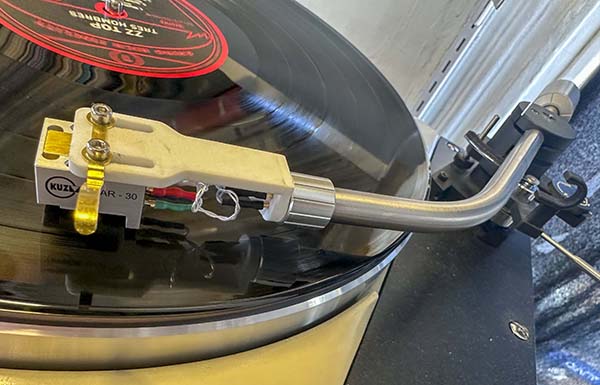
Now, I generally prefer originals to reissues — but in some cases, the reissues have the edge. Rhino’s vinyl reissues tend to sound smooth, but not overly lush, with clarity, dynamics, and tonal color to the fore. (Though labeled as being on Warner Records, From The Top is part of Rhino’s ongoing High Fidelity reissue series, a.k.a. Rhino Hi-Fi.) Playing “Waitin’ for the Bus” and “Jesus Just Left Chicago” — the one/two punch opening to Side One of Tres Hombres — back-to-back, I was greeted with a supercharged, super-scaled version of the music I know so well. Compared to the OG, the Rhino Hi-Fi reissue played via the Korf was brisk, transparent, and muscular. I heard new details like Gibbons’ slide guitar in “Waitin’ for the Bus,” and Frank Beard’s superb bass-drum tone in “Jesus Just Left Chicago.” Through the Korf arm, music was fast, detailed, and of a huge soundstage.
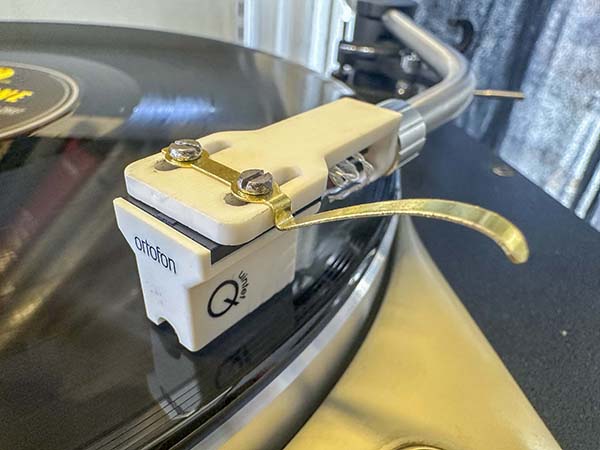
Switching out Kuzma’s CAR-30 MC cart to Ortofon’s 2m mono MM cart (as seen above), I next pulled out some of The Beatles’ recently reissued mono LPs. Ok, ok, I admit it — I’ve never actually listened to my mono copy of June 1967’s Sgt. Pepper’s Lonely Hearts Club Band (Parlophone PMC 7027/509996380514) before. Playing it via the Korf/Ortofon system, I was struck by the precise, fast, and sweetly tonal presentation. The Korf/Ortofon combo really highlighted the clarity of Paul McCartney’s deep electric bass, and it captured the force and focus characteristic of great mono recordings. The Korf arm brought out the trademarks of this truly classic Beatles LP, delivering the music with equal measures of ease, punch, and flow.
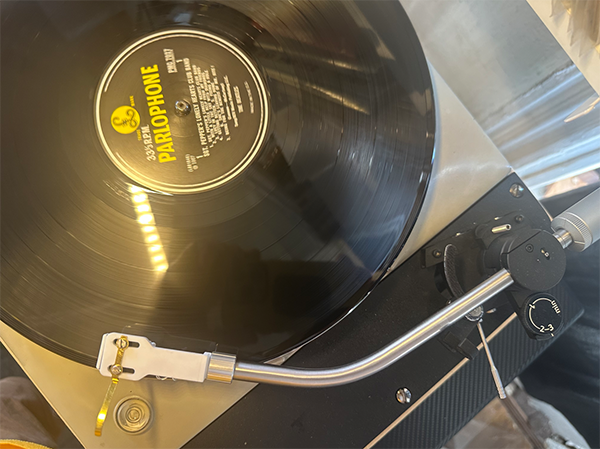
Staying in the mono realm, I next turned to Cannonball Adderley’s 1955 Savoy debut LP, Presenting Cannonball Adderley (Savoy MG 12018). This quintet recording — featuring Cannonball Adderley on alto sax, Nat Adderley on cornet, Hank Jones on piano, Paul Chambers on bass, and Kenny Clarke on drums — showcases hard bop at its Savoy best. The Korf delivered a performance that was remarkably clear, resonant, and tight. Saxophone and trumpet were rendered with concise precision, layered within a deep and immersive soundstage. Chambers’ resonant bass provided an equally tight foundation, its powerful presence sweeping beneath the other instruments. The Korf/Ortofon combination imbued the music with an exceptional coherence and flow. There was a sense of rightness and ease that made hard bop sail around the room and straight to my ears.
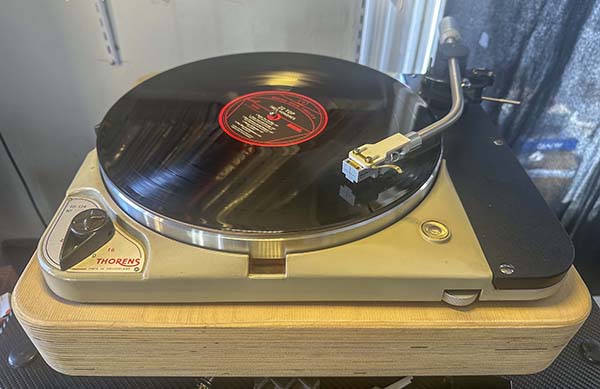
Conclusions
The Korf TA-SF9R 9-inch tonearm is a significant upgrade from my old Jelco. It’s remarkably smooth and graceful, like a Maserati or a lynx, and it extracts an extraordinary level of detail from vinyl. The sound is consistently dynamic and clear, removing any muddiness or confusion. It minimizes background noise around instruments, resulting in a wonderfully flowing, pure, and articulate presentation. This isn’t a warm, romantic sound; instead, it’s clean, quiet, and composed, offering a wide-open, pristine, and slightly warm window into the music.
The Korf HS-A02 ceramic headshell is crucial to the TA-SF9R tonearm’s performance. A direct comparison with my previous Jelco headshell, used on the Korf arm, revealed a dramatic improvement upon switching to the HS-A02. The differences weren’t subtle — focus, clarity, speed, power, and nuance all saw exponential gains. As noted by my esteemed colleague and occasional AP contributor Michael Trei (a.k.a. The Spin Doctor), care must be taken not to overtighten the headshell screws. However, with proper installation, the HS-A02 (shown below) delivers exceptional sonic results.
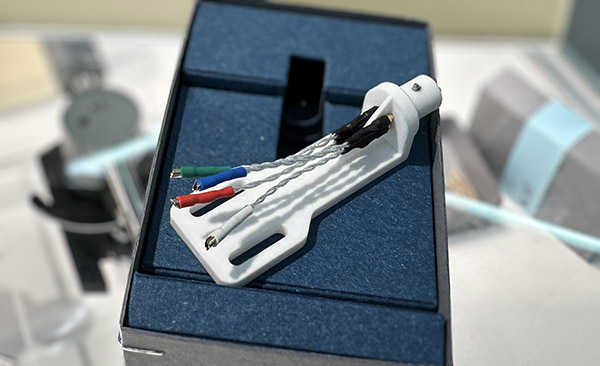
The Korf TA-SF9R 9-inch tonearm thoroughly captivated me. Its exceptional transparency makes it an invaluable tool for critical listening, revealing subtle nuances between vinyl pressings and cartridges. Beyond its analytical capabilities, it offers pure listening pleasure, allowing one to fully appreciate cherished records with the assurance of rich tonality and effortless smoothness. While perhaps not as dynamically assertive as The Wand Plus 9.5-inch arm, the Korf 9-inch arm compensates with significantly easier setup and an undeniable sense of ease and overall musicality.
If the TA-SF9R’s price gives you pause (€2,200 / circa $2,283 U.S.), I implore you to also consider how well it pairs with their €199 (circa $206 U.S.) HS-A02 ceramic headshell. It’s a revelation. This Korf pairing could very well represent the pinnacle of tonearm/headshell design for discerning, curious, ears-first audiophiles.
For more about Korf, go here.
To find an authorized Korf dealer, go here.
Author bio: Former musician, former artist, and former legal wastrel Ken Micallef has written numerous hi-fi equipment reviews for Stereophile and Analog Planet, and his byline has also appeared within Mojo, Electronic Musician, and The Grammys. You can also find him at YouTube (Ken Micallef Jazz Vinyl Audiophile).
